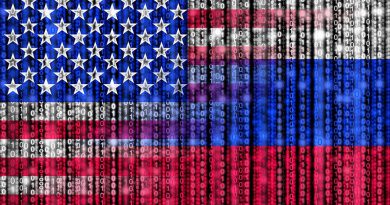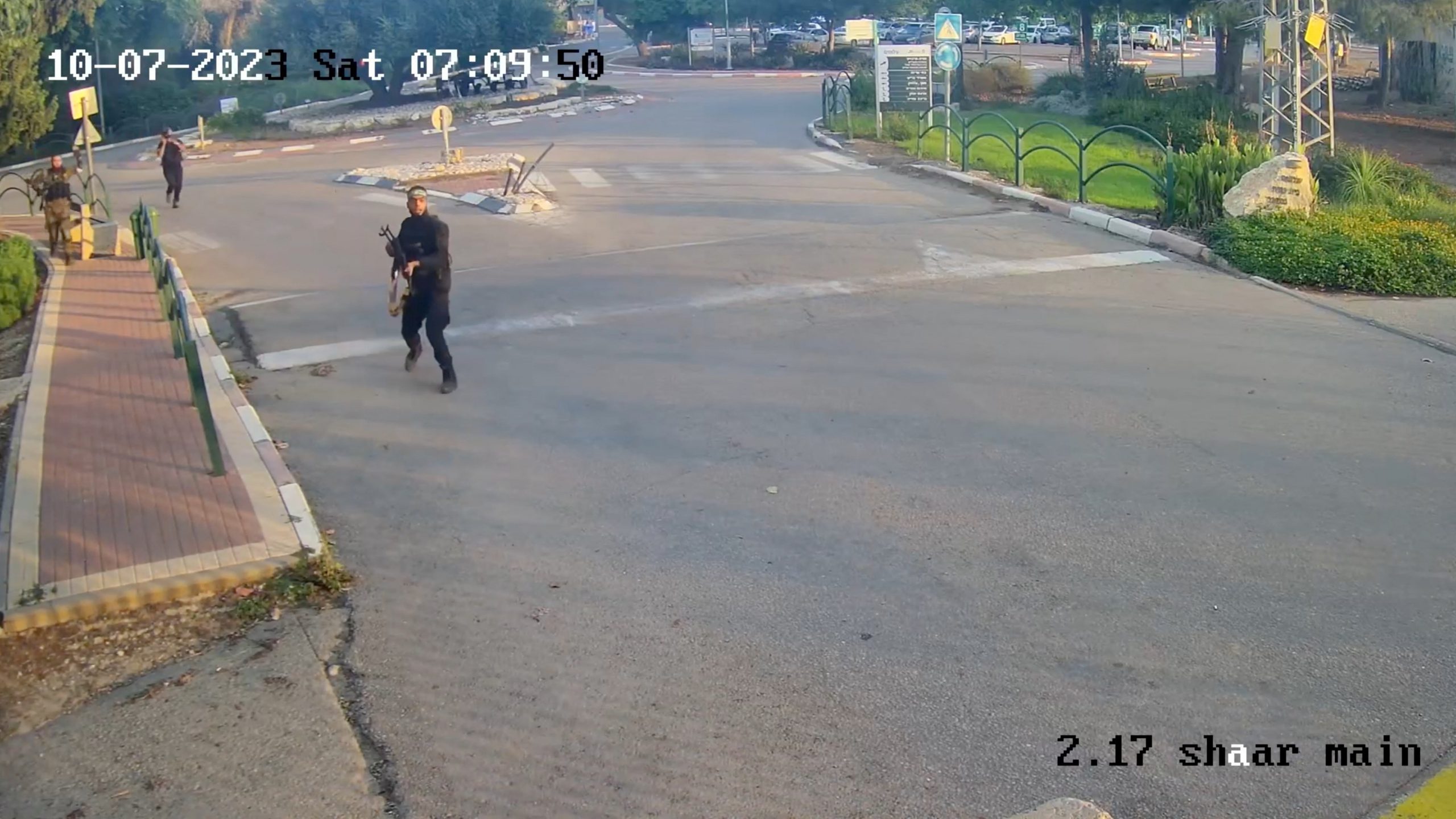Iran’s president says Tehran will rebuild its nuclear facilities
Tehran – Iranian President Masoud Pezeshkian announced on Sunday that Iran will rebuild its nuclear facilities with renewed determination and stronger infrastructure, emphasizing that the country’s nuclear activities are focused on peaceful and scientific objectives rather than weapon development.
During a visit to the Atomic Energy Organization of Iran, President Pezeshkian met with senior officials and scientists to review the status of the nation’s nuclear program.
He reiterated Tehran’s long-standing position that its nuclear pursuits are dedicated to advancing medical, technological, and energy-related research, as well as improving the welfare of Iranian citizens.
“Destroying buildings and factories will not create a problem for us; we will rebuild and with greater strength,” Pezeshkian stated, referring to facilities damaged in previous strikes.
He highlighted that Iran remains committed to its sovereignty and self-reliance in science and technology, despite facing external pressures and sanctions over the years.
In June, the United States carried out airstrikes on several Iranian nuclear sites, claiming that the facilities were part of a weapons-related program.
Washington argued that these actions were necessary to prevent nuclear proliferation in the region. However, Tehran rejected the allegations, insisting that its nuclear program is solely for peaceful and civilian applications, including medical research, energy production, and agricultural development.
U.S. President Donald Trump, commenting on the situation, warned that Washington would consider additional military measures if Iran attempted to rebuild the targeted facilities.
In response, Pezeshkian reaffirmed Iran’s right to develop and maintain nuclear technology within the framework of international law and under the supervision of the International Atomic Energy Agency (IAEA).
“Our program is not designed for war or confrontation,” Pezeshkian said. “It is all intended for solving the problems of the people, for health, for research, and for the country’s progress.”
Iran’s Atomic Energy Organization has long played a central role in advancing the country’s scientific and industrial capacity. Officials said that the reconstruction process would focus on modernizing infrastructure and enhancing the safety and efficiency of nuclear facilities.
International observers have noted that Iran continues to cooperate with the IAEA on monitoring and verification activities. The agency has previously confirmed that Iran’s declared nuclear materials remain under safeguards, though recent tensions have raised questions about the future of diplomatic engagement between Tehran and world powers.
President Pezeshkian’s administration has signaled its willingness to engage in dialogue, provided that the nation’s rights to peaceful nuclear energy are respected. Iranian officials argue that scientific independence is vital for national development and that international collaboration, rather than confrontation, is the best path toward regional stability.
Economic experts in Tehran believe that rebuilding the nuclear infrastructure could also create new opportunities for investment in science and technology, energy production, and education. The government has expressed its intent to involve local universities and research institutions in the process, aiming to foster innovation and create jobs for young scientists.
Observers say that Pezeshkian’s remarks reflect a broader vision of national resilience, focusing on rebuilding essential facilities while avoiding escalation with other countries. The president’s tone appeared measured, emphasizing progress, cooperation, and Iran’s adherence to international norms.
As reconstruction efforts begin, Iranian officials have called for an atmosphere of mutual respect and dialogue to ensure that nuclear technology continues to serve peaceful and humanitarian purposes. The government has also invited international experts to observe parts of the process, signaling a desire for greater transparency.
While political tensions remain high, Pezeshkian’s visit to the Atomic Energy Organization underlined a message of determination and stability. “Our strength lies in knowledge and the unity of our people,” he said. “With science and cooperation, we can overcome challenges and move forward toward a more secure and developed Iran.”
The coming months are expected to determine how Iran’s rebuilding plans unfold, as both domestic initiatives and international diplomacy play a role in shaping the next phase of its nuclear program. For now, Tehran’s leadership insists that the nation’s goals remain rooted in peaceful development, resilience, and the advancement of science for future generations.



